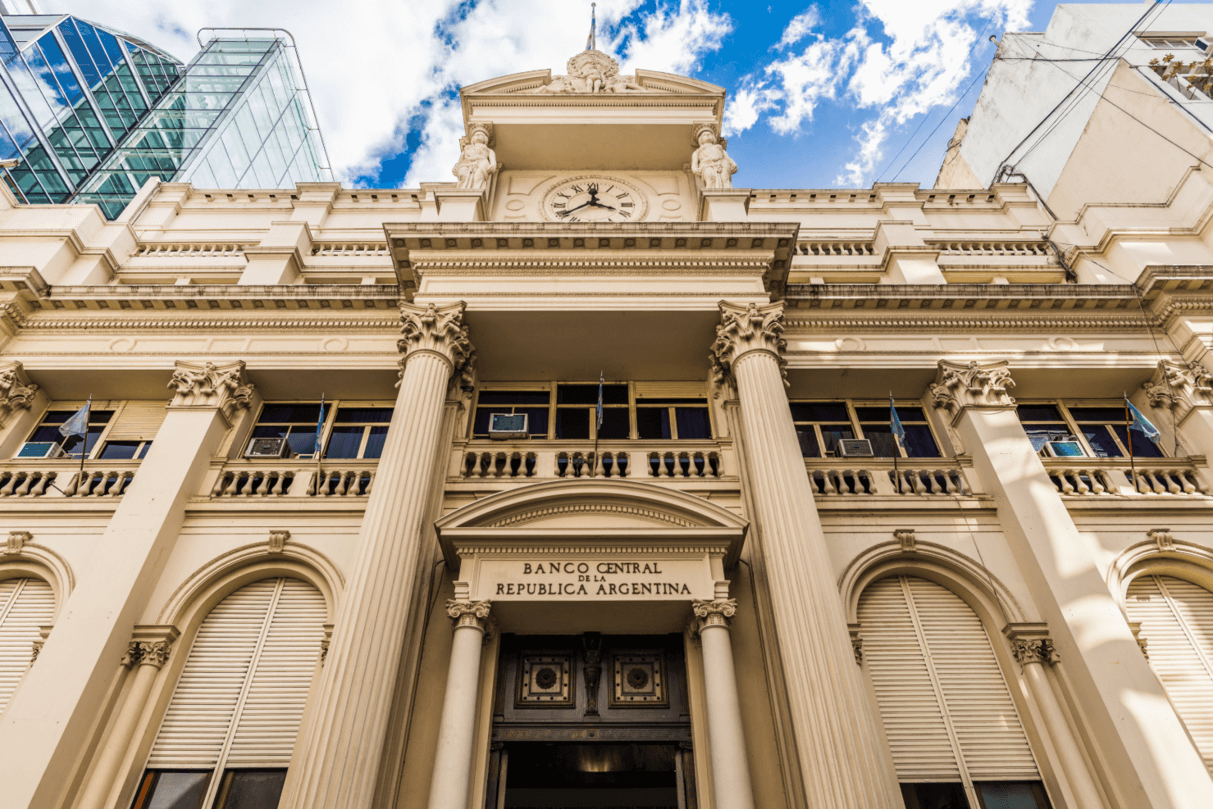In 2019, Argentina’s Central Bank (BCRA) boasted over US$12 billion in net reserves.
By November 2023, a stark reversal occurred, with net reserves plummeting to a negative US$11.311 billion.
This marks a significant drop of US$23.395 billion over four years. Analysts have derived these figures from BCRA’s published data on gross international reserves.
As of December 2019, gross reserves were at US$44.848 billion, but by December 2023, they dwindled to just US$21.168 billion.
This decline can be attributed to several factors, with key reasons being currency controls and an outdated official exchange rate.
These factors discouraged export liquidation and spurred imports, leading the BCRA to sell dollars in the official exchange market.
Additionally, BCRA intervened in dollar bond and cash settlement rates. The severe drought in 2023 also played a critical role in the reduced dollar accumulation.
Portfolio Personal Inversiones (PPI) has expressed concerns about the sustainability of currency controls without significant foreign financing.
Following the November 19 ballotage, Aurum Valores reported that BCRA continued to lose reserves, suggesting ongoing financial strain.
The situation demands substantial efforts
Econviews projects that BCRA could recoup between US$11 billion and US$18 billion in reserves in 2024, contingent on the extent of devaluation and relaxation of currency controls.
Aurum Valores’ latest estimates indicate that net reserves have dipped even further, nearing a negative US$12 billion.
This situation demands substantial efforts to stabilize the macroeconomy, likely necessitating a high real exchange rate.
In compliance with an IMF agreement, BCRA’s reserves should have exceeded US$3.577 billion by the end of the year.
A comparative analysis shows a dramatic shift from Cristina Kirchner’s tenure in 2015, when she left office with negative net reserves of US$3.717 billion.
Under Fernández, irregular debt to importers has escalated to US$22 billion, indicating a growing suppressed demand for dollars.
This scenario underscores the ongoing economic challenges in Argentina and the pivotal role of the BCRA in managing these complex financial dynamics.


